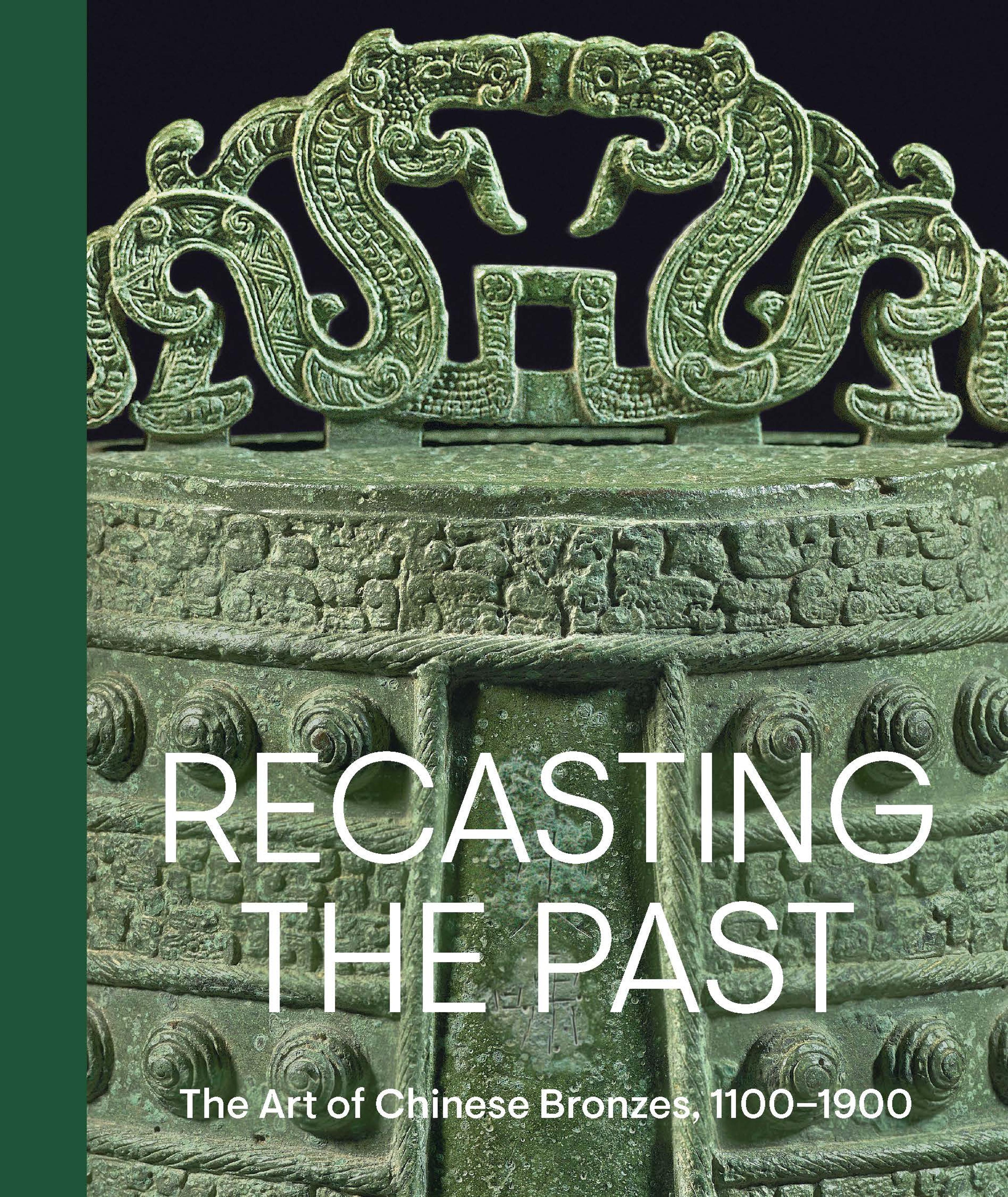Tripod incense burner
The inscription encircling this censer’s lower belly indicates that it was from a specific order of a Daoist householder from Xiangxiang (now Hunan Province). The work loosely emulates the form of ancient bronze tripods and their ornamental bands of animal masks. Its underside, in contrast, has a finely cast medallion composed of contemporary patterns, including floral scrolls and lotus petals. Within one of the rings are the eight trigrams, which are widely used in Daoist divination.
Artwork Details
- 元至正 八卦獸面紋三足銅爐
- Title:Tripod incense burner
- Period:Yuan dynasty (1271–1368)
- Date:dated 1346
- Culture:China
- Medium:Copper alloy
- Dimensions:H. 4 1/2 in. (11.4 cm); Diam. 7 1/2 in. (19.1 cm); Diam. of rim 7 1/4 in. (18.4 cm)
- Classification:Metalwork
- Credit Line:Purchase, Friends of Asian Art Gifts, 2016
- Object Number:2016.244
- Curatorial Department: Asian Art
More Artwork
Research Resources
The Met provides unparalleled resources for research and welcomes an international community of students and scholars. The Met's Open Access API is where creators and researchers can connect to the The Met collection. Open Access data and public domain images are available for unrestricted commercial and noncommercial use without permission or fee.
To request images under copyright and other restrictions, please use this Image Request form.
Feedback
We continue to research and examine historical and cultural context for objects in The Met collection. If you have comments or questions about this object record, please contact us using the form below. The Museum looks forward to receiving your comments.
